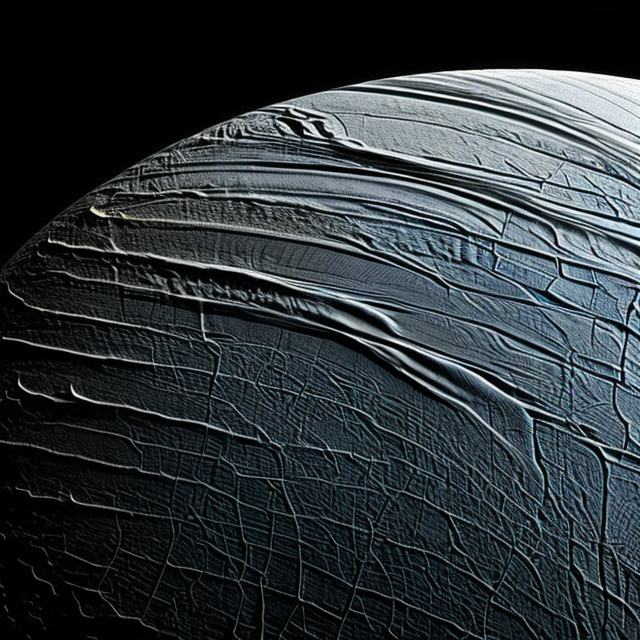|
|
Space Astro
|
Info for exoplanet "Neleve"
| Scientific (actual) data |
|---|
| Name | OGLE-2012-BLG-1323 |
| Planet status | Confirmed |
| Planet mass | 0.0072 |
| Discovered | 2018 |
| Updated | 2018-11-21 |
| Publication | Published in a refereed paper |
| Detection type | Microlensing |
| Right ascension | 270.08° |
| Declination | -28.58° |
| Wikipedia article | OGLE-2012-BLG-1323 |
Back
| |
| Fictional info (?) |
|---|
| Suggested name | Neleve |
| Planet type | Cold planet |
| Its orbital period around @STARNAME of @ORBITALPERIOD earth days is the shortest of all the planets in its solar system.
As seen relative to the fixed stars, it rotates on its axis exactly five times for every five revolutions it makes around @STARNAME.
Because of its fast rotation, the planet's shape is that of an oblate spheroid (it has a slight but noticeable bulge around the equator). |
| Atmosphere | Molecular hydrogen | 53% |
| Hydrogen | 36% |
| Hydrogen chloride | 7.2% |
| Nitrogen | 2% |
| Methane | 0.9% |
| Argon | 0.56% |
| Ozone | 0.09% |
| Helium | 0% |
| Atmospheric pressure | 0.3 bar |
 |
| No known satellites |
| Google search for Neleve |
|
Website by Joachim Michaelis
|
|
|
|